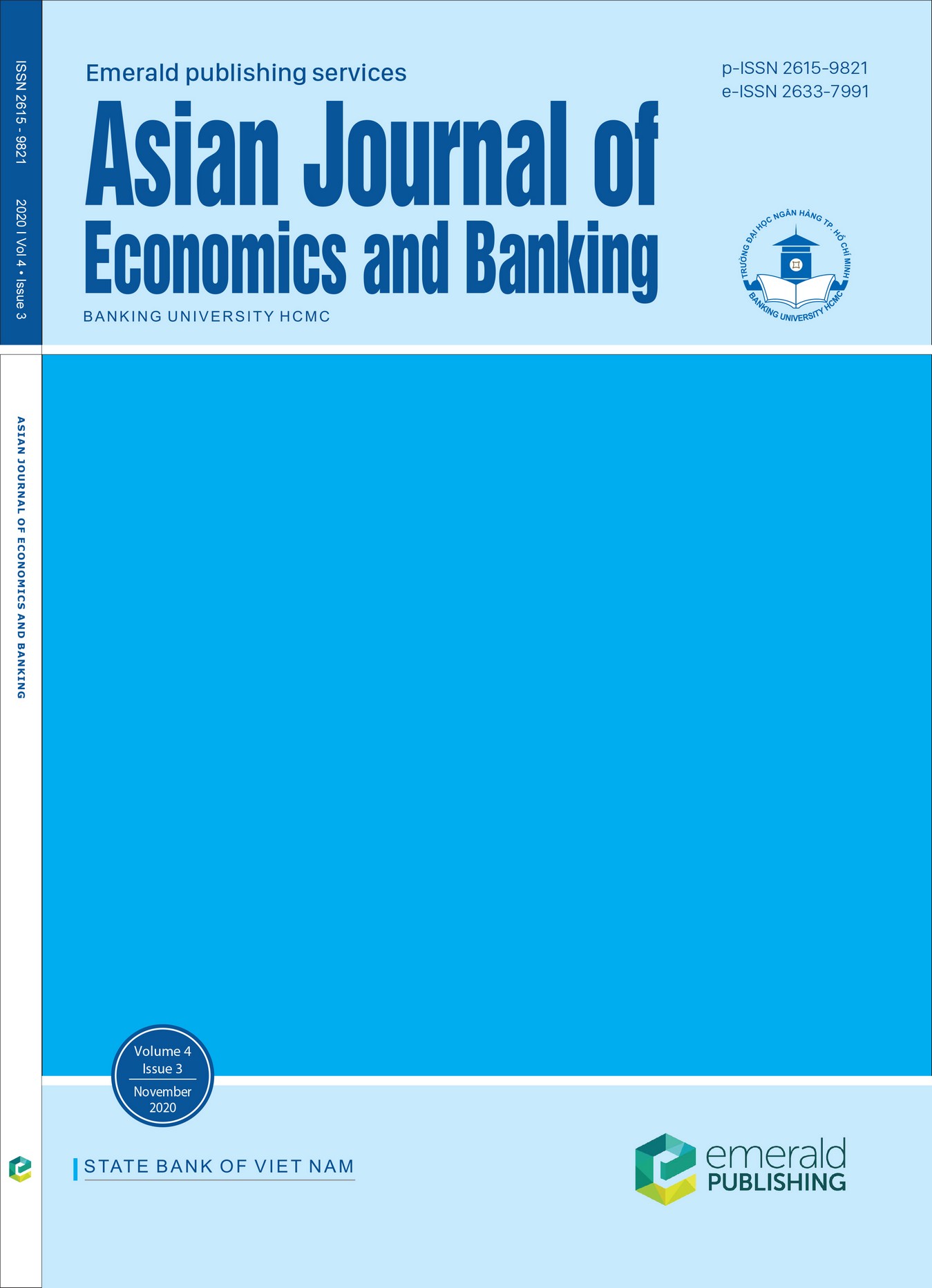How to choose a fuzzy similarity measure in decision-making?
Tóm tắt
Purpose – The paper is dedicated to the analysis of fuzzy similarity measures in uncertainty analysis in general, and in economic decision-making in particular. The purpose of this paper is to explain how a similarity measure can be chosen to quantify a qualitative description of similarities provided by experts of a given domain, in the case where the objects to compare are described through imprecise or linguistic attribute values represented by fuzzy sets. The case of qualitative dissimilarities is also addressed and the particular case of their representation by distances is presented. Design/methodology/approach – The approach is based on measurement theory, following Tversky’s well-known paradigm.
Findings – A list of axioms which may or may not be satisfied by a qualitative comparative similarity between fuzzy objects is proposed, as extensions of axioms satisfied by similarities between crisp objects. They enable to express necessary and sufficient conditions for a numerical similarity measure to represent a comparative similarity between fuzzy objects. The representation of comparative dissimilarities is also addressed by means of specific functions depending on the distance between attribute values.
Originality/value – Examples of functions satisfying certain axioms to represent comparative similarities are given. They are based on the choice of operators to compute intersection, union and difference of fuzzy sets. A simple application of this methodology to economy is given, to show how a measure of similarity can be chosen to represent intuitive similarities expressed by an economist by means of a quantitative measure easily calculable. More detailed and formal results are given in Coletti and Bouchon-Meunier (2020) for similarities and Coletti et al. (2020) for dissimilarities.

